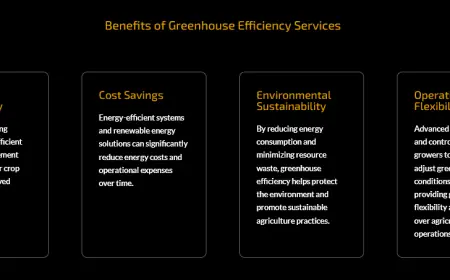5G Infrastructure Market 2029 Global Report: Size, Share & Future Outlook
Industry Key Highlights
According to TechSci Research report, “Global 5G Infrastructure Market - Global Industry Size, Share, Trends, Opportunity, and Forecast 2019-2029F", The Global 5G Infrastructure Market was valued at USD 20.73 Billion in 2023 and is predicted to experience robust growth in the forecast period with a CAGR of 54.71% through 2029.
Request For Sample Copy of Report For More Detailed Market insight: https://www.techsciresearch.com/sample-report.aspx?cid=2987#requestform
This market expansion is anchored in several core dynamics:
-
Exponential demand for high-speed, low-latency communication
-
Integration with transformative technologies like AI, IoT, and edge computing
-
Extensive investments by telecom operators and governments
-
Mass adoption of smart devices and connected ecosystems
Notably, the Asia Pacific region has taken the lead in 5G deployment, bolstered by a tech-forward consumer base, robust government initiatives, and continuous investment in R&D. The Radio Access Network (RAN) segment—featuring macro and small cell deployments—remains central to expanding coverage, while Network Function Virtualization (NFV) is reshaping the architecture of the core network to become more agile and software-driven.
Emerging Trends
1. Network Slicing for Industry-Specific Customization
With the growing need for industry-tailored connectivity solutions, network slicing has emerged as a defining trend. This allows operators to create multiple virtual networks over a single physical infrastructure, each optimized for a specific application, such as healthcare, automotive, or entertainment.
2. 5G-Enabled Private Networks
Businesses are increasingly investing in private 5G networks to meet their unique performance, security, and compliance requirements. Manufacturing, logistics, and mining industries are deploying standalone networks to enable real-time analytics, automated operations, and predictive maintenance.
3. AI-Powered Network Automation
Artificial Intelligence is playing a crucial role in the optimization and self-management of 5G networks. Intelligent algorithms are being employed for predictive maintenance, anomaly detection, traffic load balancing, and real-time quality of service adjustments.
4. Integration with Satellite Communication
To extend the reach of 5G to remote and underserved areas, there is an increasing push toward integrating Low Earth Orbit (LEO) satellites with terrestrial 5G infrastructure. This hybrid approach holds the potential to eliminate coverage blackspots globally.
Market Drivers
1. Demand for High-Speed, Low-Latency Connectivity
The backbone of the 5G Infrastructure Market’s growth is the rising demand for ultra-fast data transmission. Applications such as streaming in 4K/8K, cloud gaming, and immersive virtual meetings require networks with massive bandwidth and minimal latency. 5G offers speeds up to 100 times faster than 4G, enabling real-time interaction across various platforms and services.
2. Proliferation of IoT and Smart Devices
The digital transformation of industries and daily life has led to a proliferation of IoT devices. Smart homes, wearable tech, connected vehicles, and industrial IoT are all dependent on reliable, low-latency communication. 5G provides the capacity and responsiveness needed to support massive device densities, expected to reach over 30 billion IoT connections by 2030.
Key market players in the global 5G Infrastructure market are: -
- Qualcomm Technologies, Inc.
- Telefonaktiebolaget LM Ericsson
- Integrated Electronics
- Cisco Systems, Inc.
- Qorvo Inc
- Samsung Electronics Co Ltd
- NEC Corporation
- MediaTek Inc.
- Huawei Technologies Co., Ltd.
- Marvell Technology, Inc.
Customers can also request for 10% free customization on this report.
Contact US:
Techsci Research LLC
420 Lexington Avenue, Suite 300,
New York, United States- 10170
Tel: +13322586602
What's Your Reaction?
 Like
0
Like
0
 Dislike
0
Dislike
0
 Love
0
Love
0
 Funny
0
Funny
0
 Angry
0
Angry
0
 Sad
0
Sad
0
 Wow
0
Wow
0


















































